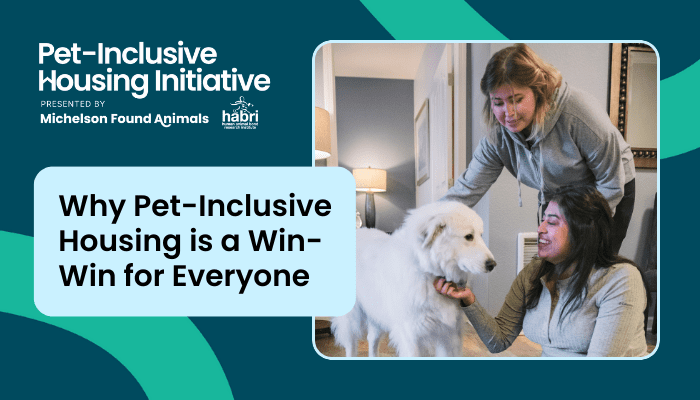Seeing Eye Dogs 101

There are several types of service animals, including ones for PTSD, but arguably the most well-known are seeing eye dogs. These pooches are also sometimes called guide dogs or assistance dogs. Here’s an introduction with everything you’ve ever wanted to know about seeing eye dogs but were too afraid to ask!
Seeing Eye Dogs: A Very Brief History
Services animals pop up in literature dating as far back as the mid-16th Century, but the first services animal training schools were in Germany during World War I. These first seeing eye dogs were trained to help blind veterans get around. Service animals then spread to the United States thanks to Dorothy Harrison Eustis in the 1920s.
Guide Dog Breeds
There’s no hard and fast rule for which breeds are selected to be seeing eye dogs. Instead, dogs are judged on a case-by-case basis. Pups need to have the right temperament and trainability, not necessary the right DNA.
Trainers know what to look for. They want dogs that aren’t easily distracted and are easily trainable. Certain breeds are more commonly chosen as guide dogs than others. You’ll find that most seeing eye dogs are Labradors, German Shepherds and Golden Retrievers. But other breeds, such as Border Collies, Vizslas and Standard Poodles are also heavily favored. In cases where trainers are looking for a low-shed guide dog, some choose Labradoodles, which is a Labrador and Poodle mix.
Where They Can Go
Service dogs are able to go virtually anywhere. Unlike emotional support animals, guide dogs have unrestricted access to restaurants, stores, planes and more. And this allowance isn’t just common courtesy – seeing eye dogs are protected by law.
In the United States, the Americans with Disabilities Act maintains that government agencies, businesses and other organizations are forbidden from turning away service animals. The only exceptions are when a service animal might be a health or safety risk or if a religious organization wishes to excludes the animals from their premises. Also access for service animals in training varies from state to state.
Seeing eye dogs are also protected by the Fair Housing Act. Even landlords with a “no-pet policy” cannot turn away a tenant because of their service animal. You may notice when flying, too, that guide dogs are allowed to stay with their owner on all flights. Airlines also may not charge an extra fee for seeing eye dogs to accompany their owners.
How to Act Around a Service Animal
Uhhh, normally? Ha, we joke. No, but seriously, resist the urge to interact with the pooch. As pet-lovers, we know you wanna pet a sweet-looking canine, but it’s necessary to keep your hands off. Guide dogs are working. You wouldn’t want people distracting you during your workday, would you? The only other rule is don’t be a jerk. Don’t complain about the dog. It’s hard to believe, but seeing eye dogs still face occasional discrimination and complaints.
These animals help their owners get where they need to go and be more social. Doing so boosts mobility as well as overall autonomy. We hope you enjoyed this introduction to seeing eye dogs!



